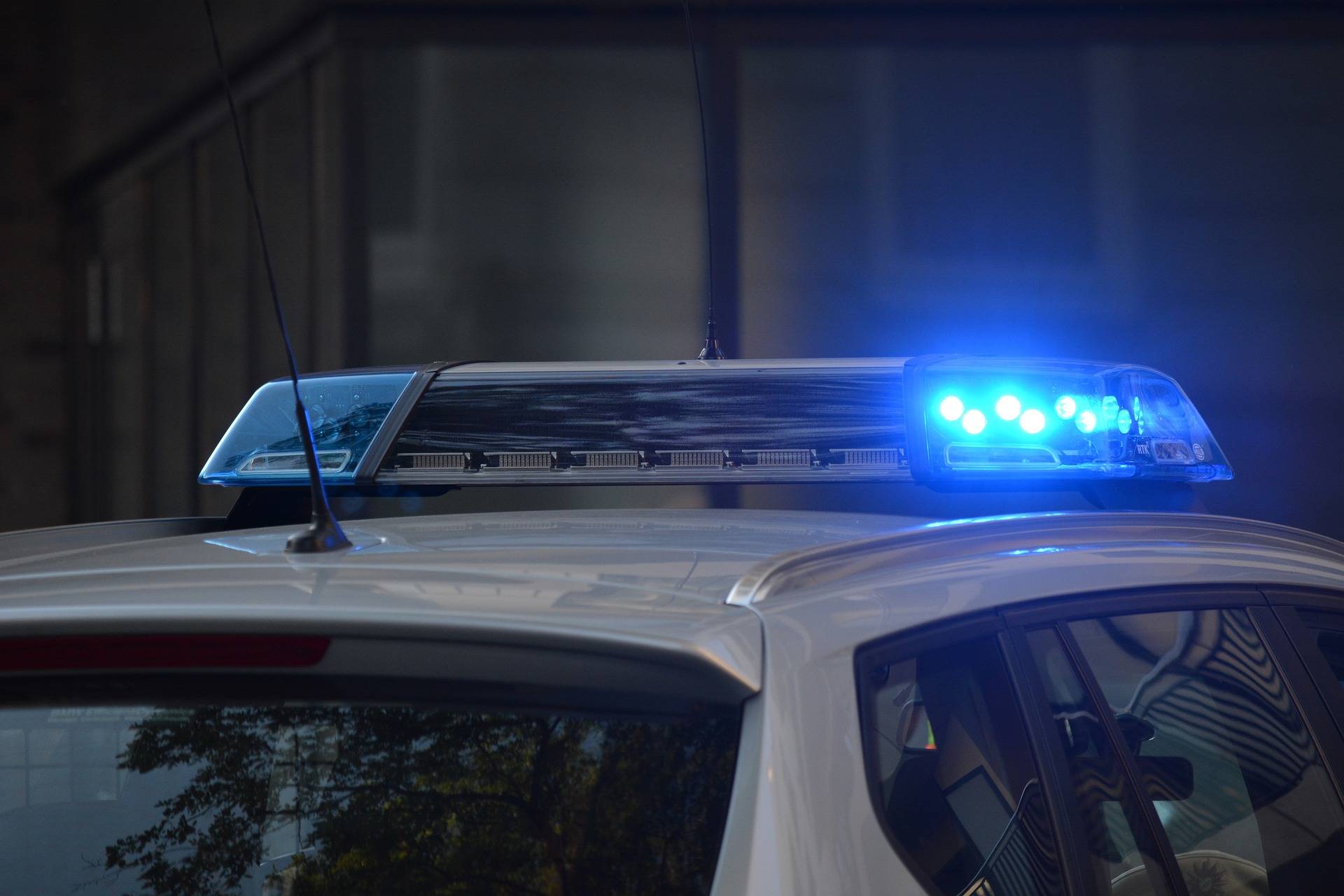How ANPR Affects Number Plate Owners
16.11.2023

On average, ANPR cameras submit 60 million records per day in the UK. Police forces use them to detect, deter and disrupt criminal activity. This includes travelling criminals, terrorists and organised crime groups.
As a private number plate owner, it’s useful to understand how they work. If you get caught trying to hide your number plate from these cameras, you could face hefty fines and penalties. In extreme cases, you may go to prison.
In this guide, you’ll learn what ANPR cameras are, how they work and what you need to do to stay compliant.
What is ANPR?
Automatic Number Plate Recognition (ANPR) is a technology used to identify and record vehicle registration plates. This is done automatically using cameras and image processing.
ANPR is commonly used by law enforcement for various purposes, including:
-
Tracking stolen vehicles
-
Monitoring traffic
-
Enforcing parking regulations
There are also applications in toll collection, parking management and security systems.
How Does It Work?
ANPR uses complex technology and systems. Put simply, this is how it works:
-
The vehicle passes the ANPR camera
-
The registration number is read from the number plate
-
The number is checked against a database, which features vehicles of interest
If ANPR identifies a stolen car or illegal number plate, for example, the police can stop the vehicle if necessary.
Where are the Cameras Placed?
ANPR cameras can be found in police vehicles and fixed locations. However, the police don’t reveal where these locations are.
If more ANPR cameras are installed, the police have to assess whether they’re needed first. Reasons for installing more cameras include local crime, organised crime, national security and crime prevention.
The police regularly review ANPR camera locations and assess whether they’re justified.
What Do ANPR Cameras Check For?
What each ANPR camera checks depends on the individual system, and what software it uses. However, here’s what they commonly check for:
-
Licence plate numbers: ANPR cameras read and record the characters on licence plates. This is to identify the vehicle and ensure it’s not associated with any criminal activity.
-
Traffic violations: ANPR cameras can identify vehicles that are speeding, running red lights or driving without insurance.
-
Stolen vehicles: The systems police officers use are connected to databases of stolen vehicles. If a stolen vehicle is detected, it can trigger an alert.
-
Warrants: ANPR can check for number plates associated with persons of interest. For example, individuals who have outstanding warrants.
What Penalties Will I Face If My Number Plate Isn’t Compliant?
According to the DVLA, if you don’t display your number plates correctly, you could be fined up to £1,000.
Illegal number plates are an MOT failure. If you’re a repeat offender, your number plate may be revoked. If you’ve bought a private number plate, then your investment will be lost.
In extreme cases, non-compliance can lead to imprisonment.
Do Police Cars Automatically Scan Number Plates in the UK?
Not every police car will be installed with an ANPR camera. There are no exact figures on how many ANPR cameras are in operation, but we know there are over 60 million records per day.
How Do I Hide My Number Plate from ANPR?
Hiding your number plate from ANPR cameras is illegal in the UK. If you’re caught, this can lead to penalties, fines or imprisonment.
Some road users create ‘stealth plates’. This is where they use various methods – such as reflective characters and LEDs – to avoid detection.
Can ANPR Cameras Read Dirty Number Plates?
If the dirt obscures the numbers and characters, ANPR cameras won’t be able to read your number plate. However, the technology used in the cameras can read licence plates in different conditions, including dirt, dust and low lighting.
If you’re caught with a dirty number plate where the characters are unreadable, you may receive a fine of up to £1,000.
Can ANPR Detect Fake Number Plates?
Generally speaking, yes – ANPR cameras can detect fake number plates. But success is dependent on how sophisticated their systems are. ANPR cameras have to continually update their technology to keep up with counterfeits, as people find new methods to trick them.
There are lots of ways they can detect plates, for example:
-
Pattern recognition: ANPR systems recognise the standard patterns and fonts used by genuine number plates. If a fake plate uses a non-standard font, for example, this can raise suspicion.
-
Database checks: ANPR systems are connected to databases. When an ANPR camera records a registration number, it will cross-reference this against the database. If it doesn’t match any legitimate entries, this may trigger an alert.
-
Infrared and reflective materials: Some fake plates may not reflect infrared light or may reflect it differently than genuine plates. ANPR systems often use infrared cameras, making it harder for counterfeit plates to go unnoticed.
-
Tamper-evident features: Many countries incorporate security features, such as holograms or tamper-evident materials, into their licence plates. ANPR systems can check for the presence of these features.
-
Machine learning and image analysis: Advanced ANPR systems may use machine learning algorithms to analyse number plates. They can learn to identify anomalies that may indicate a fake plate.
Is My Data Secure?
All registration numbers are recorded and stored when they pass an ANPR camera. Each police force stores this data for a year.
Police staff can access this data, but only if it’s relevant to their role. In most cases, they can only access this data for 90 days.
In some cases, staff may be given access to the data for a year. For example, if it’s needed for a counterterrorism investigation.
Why is ANPR Beneficial?
ANPR technology has many uses and benefits, including:
-
Crime prevention: ANPR cameras can deter criminal activity, making individuals less likely to drive stolen vehicles.
-
Increased accuracy: ANPR systems are highly accurate, with fewer errors compared to manual data entry.
-
Traffic management: ANPR can monitor traffic flow and identify speeding vehicles. As a result, it contributes to safer road conditions.
-
Security: With ANPR, police officers can identify stolen vehicles, locate suspects and track vehicles involved in criminal activities.
-
Cost savings: Automation via ANPR can save costs on manual labour. For example, in regard to toll collection and parking management.
-
Fast responses: ANPR systems are integrated with databases, so police officers can quickly retrieve information about vehicles of interest. This enables faster responses to potential threats.
-
Environmental benefits: If vehicles spend less time at toll booths and parking entrances, this leads to lower fuel consumption and decreased emissions. ANPR can automate many of these processes, reducing the amount of time vehicles are idle.
Stay Compliant With Absolute Reg
Avoid penalties and fines with a genuine, compliant number plate from Absolute Reg.
We stock over 50 million number plates from trusted suppliers. As a result, you can be confident that you’re adhering to UK laws.
With a private number plate, you can personalise your vehicle, market your business and make a worthwhile investment.
Start your number plate search today.
Read More
Number Plate Screws & Fixings Law
Number Plate Spacing Laws: How to Stay Compliant
Sources
Automatic Number Plate Recognition (ANPR), Police.UK
Is It Illegal To Drive With A Dirty Number Plate?, KANG & Co. Solicitors
Displaying number plates, DVLA



